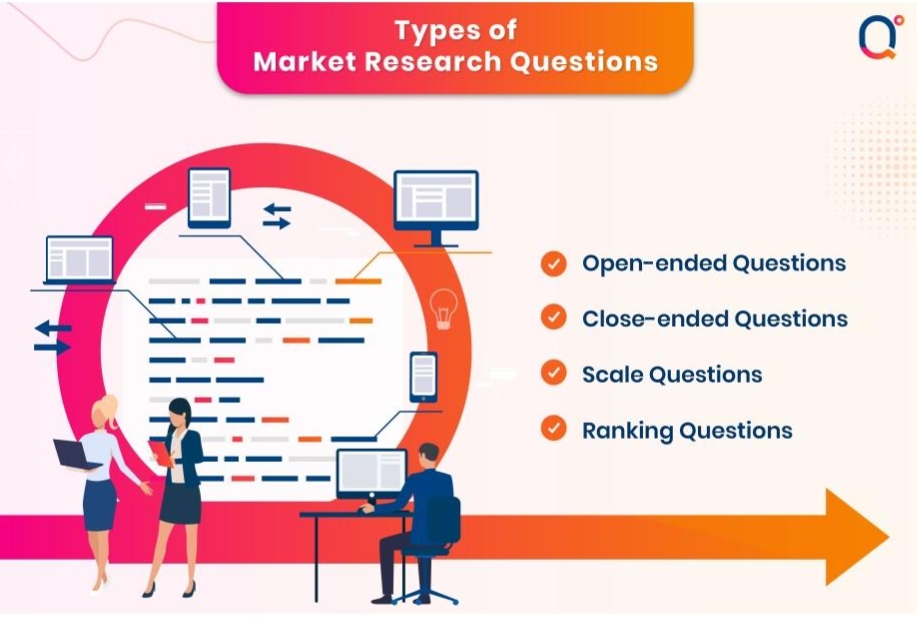As 2025 draws to a close, the global economy stands at a pivotal juncture, shaped by the Federal Reserve’s ongoing rate cut cycle amid resilient yet moderating growth. The Fed’s September 2025 decision to lower the federal funds rate by 25 basis points to 4%-4.25% marked a shift toward supporting labor market stability, with projections for two additional cuts in 2026 and one more in 2027. This easing, driven by cooling inflation (now below the 2% target in many regions) and softening employment, signals a “soft landing” rather than recession, though uncertainties from U.S. tariffs, geopolitical tensions, and policy divergences loom large. Global GDP growth is forecasted at 2.1%-3.1% for the year, with the U.S. leading at around 1.6%-2.4%, Europe at 1%, and emerging markets varying from 4% in Asia to slower paces in Latin America.
In this environment, lower rates reduce borrowing costs, weaken the dollar, and boost liquidity, favoring risk assets while pressuring income-focused holdings like cash. This article examines the 2025 outlook and identifies key assets poised to benefit, helping investors position portfolios for stability and growth.
The Broader Global Economic Landscape in 2025
The Fed’s cuts are part of a synchronized global easing wave: the ECB has halved its benchmark since mid-2024, the Bank of England eyes restarts in early 2026, and China’s central bank is poised for further stimulus. U.S. growth, while resilient at 2.4% in real final sales through mid-year, faces headwinds from tariffs inflating costs and immigration curbs tightening labor. Inflation is abating globally to 2.1% (from 2.4% in 2024), except in the U.S., where tariffs could push it to 3%-3.5% peaks before easing in 2026.
Corporate fundamentals remain strong, with U.S. and European private EBITDA growing solidly and interest coverage stabilizing. Unemployment forecasts hold steady at 4.3%-4.5%, but downside risks to jobs have risen, prompting the Fed’s “risk management” approach. Markets price in 80%+ odds for continued easing, though strong GDP and low volatility temper urgency.
This backdrop favors assets sensitive to lower yields and a softer dollar, while commodities and real assets hedge tariff-induced inflation.
Assets Poised to Benefit from Fed Rate Cuts
Lower rates historically lift valuations by discounting future cash flows at cheaper rates, supporting equities, bonds, and alternatives. In 2025’s non-recessionary easing, expect positive returns across most classes, led by duration-sensitive and growth-oriented holdings.
1. Equities: Growth Stocks and Small Caps Lead the Charge
Stocks thrive in easing cycles, with lower discount rates boosting multiples. Large-cap growth, especially AI and tech, benefits from cheaper capital for R&D, while small caps—historically rate-sensitive—gain from reduced borrowing costs. The S&P 500 could see 10-15% upside if cuts continue, though valuations cap gains; focus on underweight sectors like homebuilders and REITs.
Recommended:
- NVIDIA (NVDA) and AI Leaders: Earnings growth amid rate relief could drive 20%+ returns.
- Russell 2000 ETF (IWM): Small caps hit highs post-cuts, up 10% YTD.
- Rate-Sensitive Sectors: Industrials and consumer discretionary, stable under tariffs.
2. Fixed Income: Long-Duration Bonds and Credit Shine
Falling yields make bonds attractive, with long-duration Treasuries repricing higher as the curve steepens. Investment-grade corporates offer yields with equity-like upside, while cash (now yielding less) underperforms—reduce allocations from 21% to capture income elsewhere.
Top Picks:
- 10-Year U.S. Treasuries (via TLT ETF): Potential 5-7% total return as yields drop to 3.6% by year-end.
- Investment-Grade Bond Funds (LQD): Selective credit positioning in the “belly” of the curve for benign growth.
- Emerging Market Debt: Weaker dollar aids EM bonds, up 8% in prior cycles.
3. Commodities: Gold and Industrials as Inflation Hedges
Rate cuts weaken the dollar, lifting commodities. Gold, a classic non-yielding asset, hits records on dovish bets, while industrial metals stabilize amid steady demand. Energy and agriculture benefit from tariff front-running, with real assets like REITs adding diversification.
Highlights:
- Gold (GLD ETF): Up 15% YTD, poised for more as real rates fall.
- Industrial Metals (DBB ETF): Stable under moderate dollar pressure.
- REITs (VNQ): Lower rates spur real estate, up 10% post-cuts.
4. Emerging Markets and Global Equities: Dollar Weakness Fuels Flows
A softer USD (down 5% in easing phases) directs capital to EMs, benefiting equities and currencies in India, Brazil, and Southeast Asia. Global risk assets, including European and Asian stocks, rally on synchronized easing.
Opportunities:
- EM Equity ETFs (VWO): 12% potential returns from export boosts.
- Indian and Vietnamese Stocks: High growth (5-6% GDP) amid U.S. slowdown.
Portfolio Strategies for the Rate Cut Cycle
Diversify across these winners: 40% equities (growth tilt), 30% fixed income (duration focus), 20% commodities/real assets, 10% EMs. Rebalance quarterly, using tools like tradebb.ai for automated tracking of performance metrics across assets. This setup targets 7-10% returns with moderated volatility. Underweight cash and banks (squeezed margins) to avoid income erosion.
Risks include tariff-driven inflation delaying cuts or a stronger dollar if U.S. growth surprises. Monitor Fed projections and PCE data for pivots.
Conclusion: Positioning for a Resilient 2025
The Fed’s 2025 rate cuts herald a supportive environment for growth-oriented and yield-sensitive assets, from tech stocks and long bonds to gold and EM equities. Amid global resilience—U.S. at 1.6% GDP, Europe at 1%—investors should lean into diversification to capture upsides while hedging policy risks. Platforms like https://www.tradebb.ai/ streamline multi-asset journaling, ensuring data-driven adjustments. As easing unfolds, proactive positioning could yield stable, above-market returns—act now to navigate the cycle ahead.






